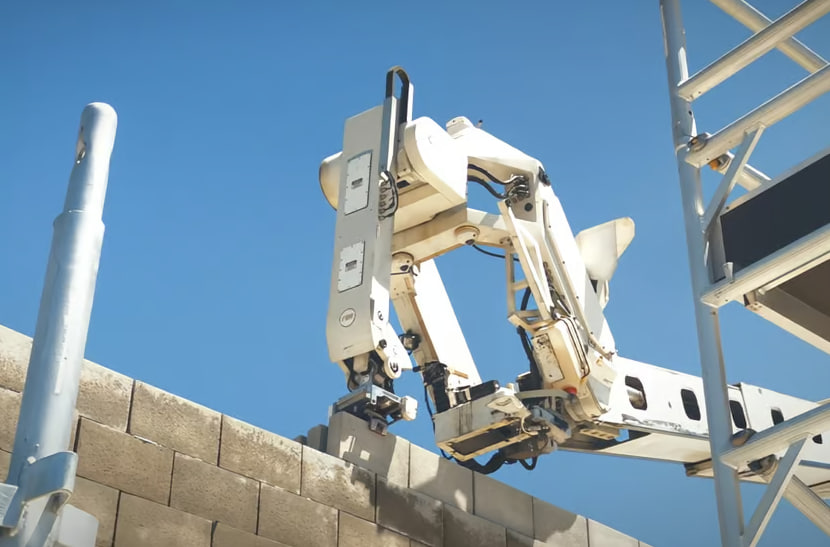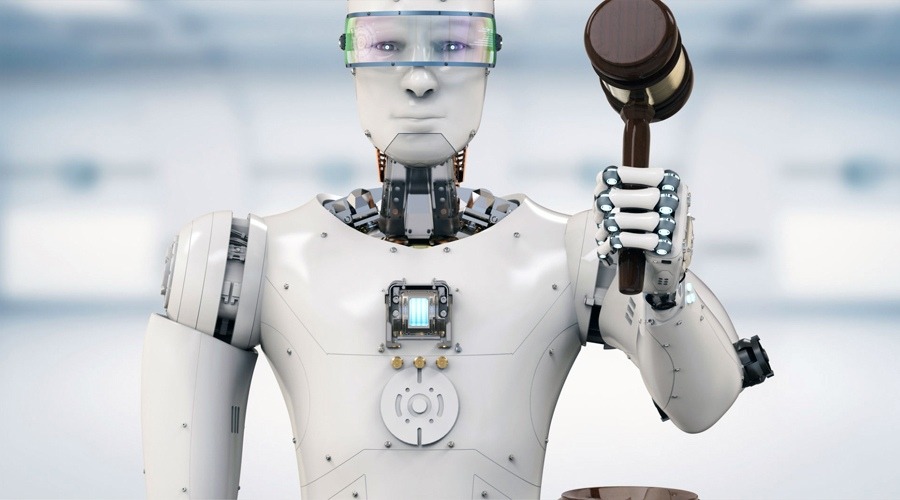A groundbreaking study conducted by experts from Yale and Pennsylvania Universities in the United States has shed light on a concerning trend: the emergence of robots in production is correlated with a rise in employee mortality rates. Published in the journal Demography, the study delves into the impact of industrial automation on workplace safety and employee well-being.
Through meticulous analysis of statistical data, researchers have uncovered a causal relationship between the introduction of robots in manufacturing environments and an alarming increase in employee deaths. The displacement of human workers due to automation often results in job loss, leaving individuals vulnerable to heightened stress and mental health challenges, ultimately contributing to premature mortality.
Men and women aged 45 to 54 are particularly at risk, with suicide and drug overdose cited as the most common causes of death within this demographic. Shockingly, for every new robot introduced per 1,000 workers, there was an estimated eight additional deaths per 100,000 males aged 45 to 54. Similarly, in a comparable female group, automation led to nearly four additional deaths.
Furthermore, the study highlights the adverse effects of automation on mental health, particularly among middle-aged men and younger women. The introduction of smart technologies has been associated with a surge in suicides among middle-aged men and drug overdose deaths among men of all ages and women aged 20 to 29.
Disturbingly, automation has also been linked to an increase in other causes of mortality, including homicides, cancer, and cardiovascular diseases, within specific age and gender cohorts.
In response to these concerning findings, the authors of the study emphasize the importance of implementing robust social safety nets and labor market policies to mitigate the adverse effects of automation on employee well-being. By enhancing the quality of job opportunities available to workers without college education and providing adequate social support, governments can play a pivotal role in safeguarding the health and livelihoods of their citizens.
In conclusion, addressing the challenges posed by industrial automation requires a multifaceted approach that prioritizes workplace safety, mental health support, and social protection programs. By proactively addressing these issues, societies can strive to create a more equitable and sustainable future for all individuals impacted by the rise of automation in the workforce.


















